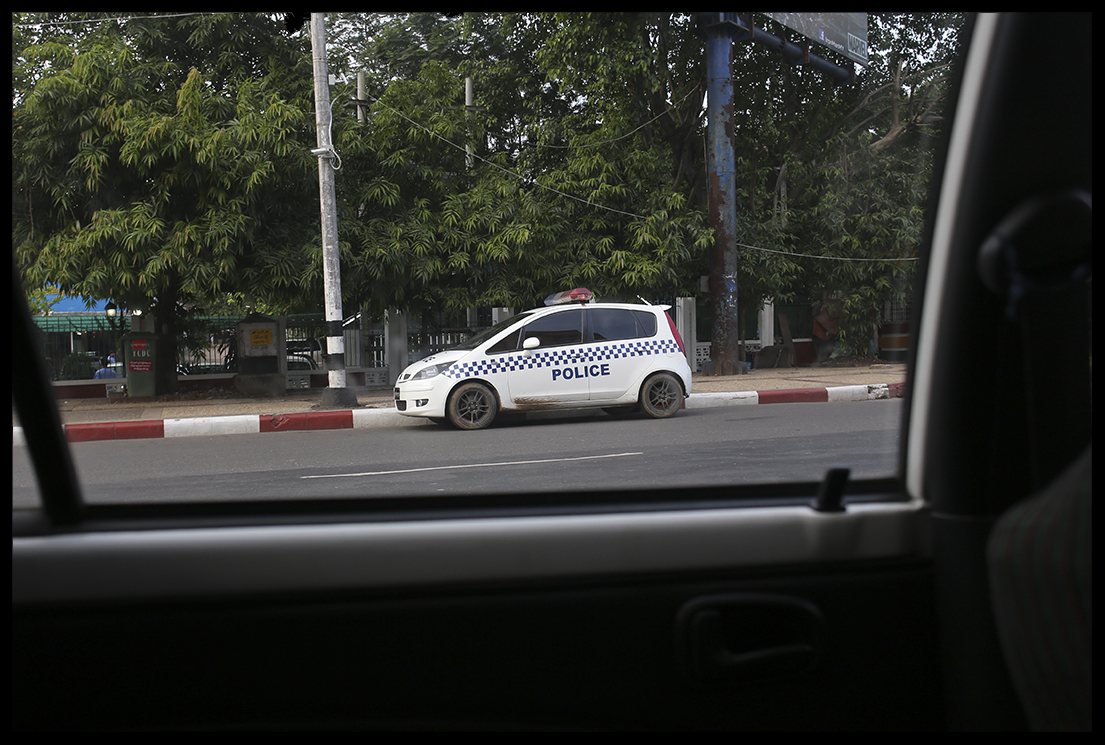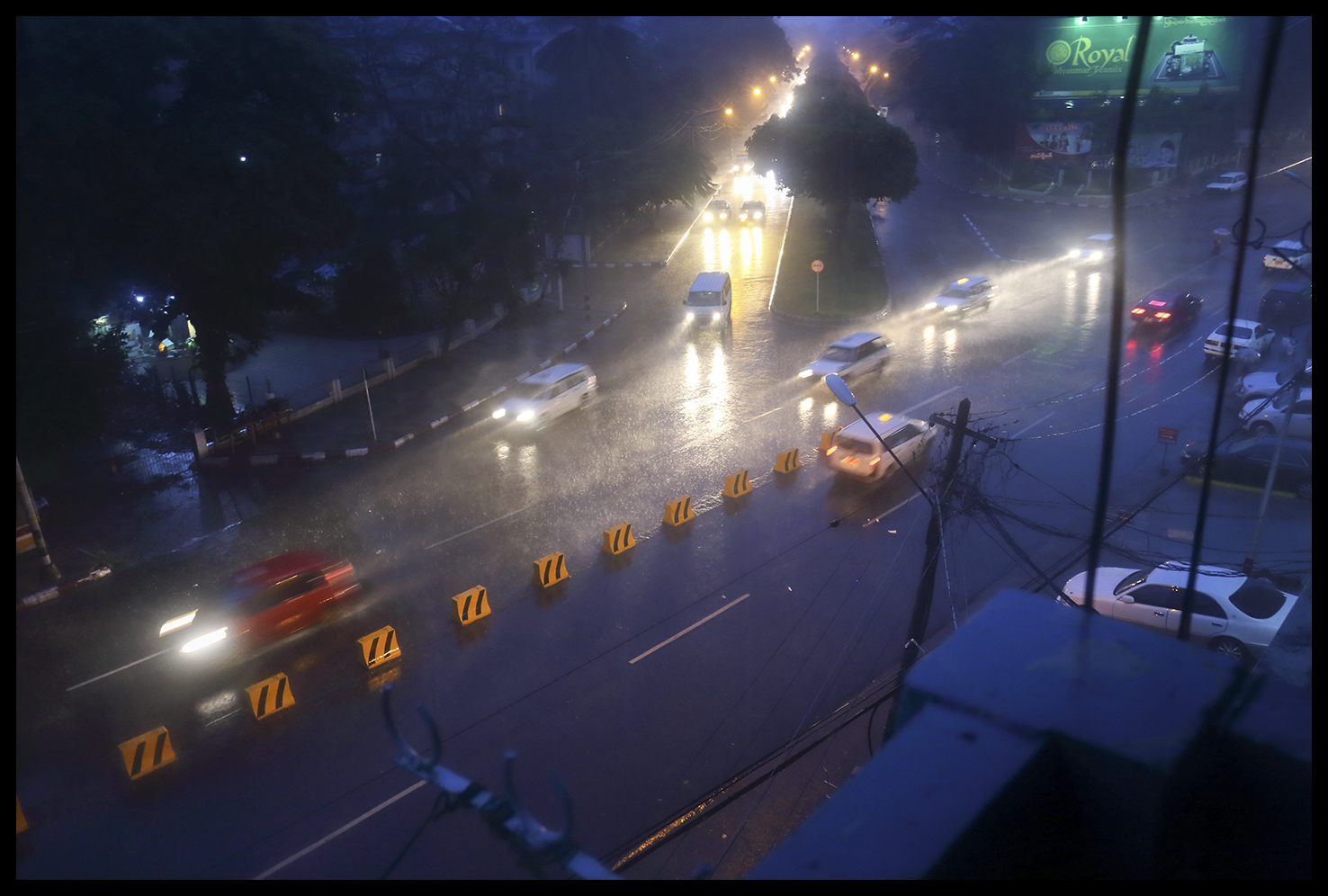Myanmar: Cars, Clothes and Movies...Small Steps in an Emerging Economy.
[p]Myanmar has, for the last two years, under gone a transformation that dramatically altered foreign perceptions of the country, and shifted its position in the world from a repressive military backwater to a potentially explosive new economy. And yet for many Burmese, who lived through many more years of oppression, the changes are less distinct. Policymakers talk of reform and new legal structures, but the vas majority of Burmese have no direct access or connection to this process. Instead they see the output of these slow changes.[/p]
[p]As an outside observer, on the surface nearly every thing appears to remain the same except for small and otherwise easy to over look differences. Most noticeably the country in the last year has seen nearly 250,000 new cars arrive, to come to the rescue of the drivers of an ageing fleet of old Toyota Corollas, and cars so run down their make or model has since disappeared. The result is that now new cars out number the old, handily, everything from small Chinese made Cherry-Mini’s, to strange boxy Toyota wagons, to Hybrid Prius and Insights, to very rare Humvees or Lamborghinis. Shockingly too I spotted the first and only police car I’ve seen in the city on the way from the airport.[/p]
[p]Like the car you drive (if you can afford one), the reaction to the country’s opening also can be seen on every street and in myriads of new shops, selling a range of imported products, and of course clothes. In 2009 to the country, to the short term visitor would have appeared quaint. The vast majority of the country’s citizens wore the traditional dress – a Longyi for men and a Tamaine for women. Some men wore trousers, based on their work, but any alternative would have been surprising on women. But now that era is quickly evaporating. Here now young people wear skinny jeans, shirts imported from Japan, Thailand, Singapore, and men and women’s styles have expanded to more closely parallel those you might find in other parts of Southeast Asia.[/p]
[p]Now, with less military restriction movie theaters have pushed back their show times, with, for a example, a 10:00 PM movie showing the latest films from the US, China, and Thailand. Theaters, dim and hot, before the show starts, are packed to the brim with families, munching on sunflower seeds and talking openly – a feeling of excitement and novelty permeates these shows.[/p]
[p]Buildings that were once caked in layers of cracked and flaking paint, or crumbling around their formerly colonial lines, are finally being repaired. Like the split mantle of the earth, buildings and infrastructure showed the cities path: its growth, its faltering, the rise of new Chinese investment, and the neglect of the most basic needs of an operating city. But that changes now too. Houses, walls, offices, and roads are being repainted and repaired, new sidewalks have sprouted in only a short year, above repaired or brand new sewage and water run off pipes. It may just be me, but the willingness of people to step forward and make those repairs to homes or shops, to feel comfortable putting in the time and money, belies a larger sense of hope and trust in a still uncertain but rising future.[/p]
[p]From the conversations we’ve had thus far with small businesses and shops in Yangon, there has been a distinct uptick in their work. This increased spending and growth in the city’s economy has opened up new opportunities for individuals and families who’ve wanted to expand their business but haven’t been able to in the past. In fact people are genuinely excited. Those we’ve asked have indicated a new sense of trust in, not in the government or even legal reforms, but a more amorphous possibility of a better future.[/p]
[p]But of course this is all Yangon, and this is only a portion of its residents. As our work continues we’ll be speaking with community members who are less well off, and who will have distinctly different experiences in terms of their own success and this time period. I’m looking forward to more of the opportunity we will have to learn in this fascinating time for Myanmar.[/p]
[p]Here are some additional pictures so far:[/p]




